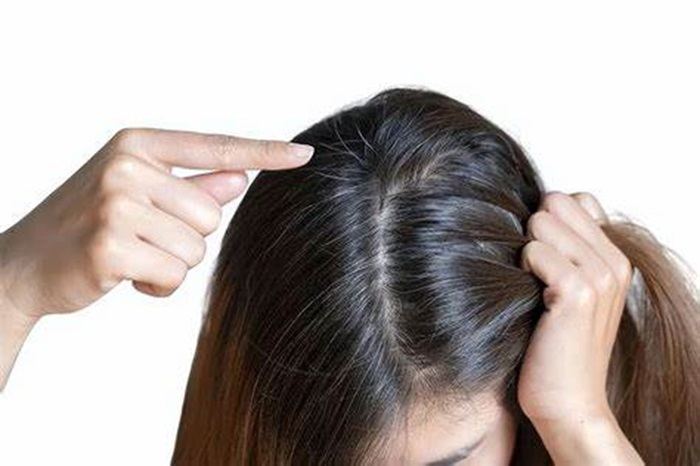Premature graying of hair has long been a subject of intrigue and concern. This review, with its updated information, aims to shed light on the various aspects of this phenomenon that has captured the attention of many.
Premature graying is defined as the onset of gray or white hair before the age of 30 in Caucasians and 20 in Asians and Africans. It can have a significant impact on an individual’s self-esteem and appearance. While it was once thought to be simply a cosmetic issue, research has shown that it may be associated with underlying health conditions or genetic factors.
Genetics plays a major role in premature graying. Studies have identified specific genes that are involved in the process of hair pigmentation and its loss. If there is a family history of premature graying, an individual is more likely to experience it. For example, mutations in genes related to melanin production, the pigment responsible for hair color, can lead to early graying. However, the exact inheritance pattern is complex and not fully understood.
Lifestyle and environmental factors also contribute. Chronic stress is believed to be a significant factor. The stress hormone cortisol can disrupt the normal functioning of hair follicles and affect melanin production. Smoking has also been linked to premature graying. The toxins in cigarettes can damage the cells in the hair follicles and reduce melanin. Additionally, poor nutrition, especially a deficiency in vitamins like B12 and D, and minerals like copper and zinc, can play a role. Exposure to environmental pollutants and ultraviolet radiation from the sun may also accelerate the graying process.
Certain medical conditions are associated with premature graying. Thyroid disorders, such as hypothyroidism and hyperthyroidism, can disrupt the body’s hormonal balance and affect hair pigmentation. Autoimmune diseases like vitiligo, where the immune system attacks the melanocytes (cells that produce melanin), can lead to white patches in the hair. Anemia, due to a lack of iron or other essential nutrients, can also cause premature graying.
While there is no cure for premature graying, there are some management options. Topical treatments like minoxidil have been shown to have some effect in promoting hair growth and potentially slowing down the graying process. Some people choose to use hair dyes to cover the gray hair. However, it’s important to choose dyes carefully to avoid allergic reactions and damage to the hair. Additionally, addressing underlying lifestyle and health issues, such as reducing stress, quitting smoking, and improving nutrition, can help.
In conclusion, premature graying of hair is a complex condition with multiple contributing factors. By understanding the latest research and taking appropriate measures, individuals can better manage this aspect of their appearance and potentially address any underlying health concerns.
Read more


